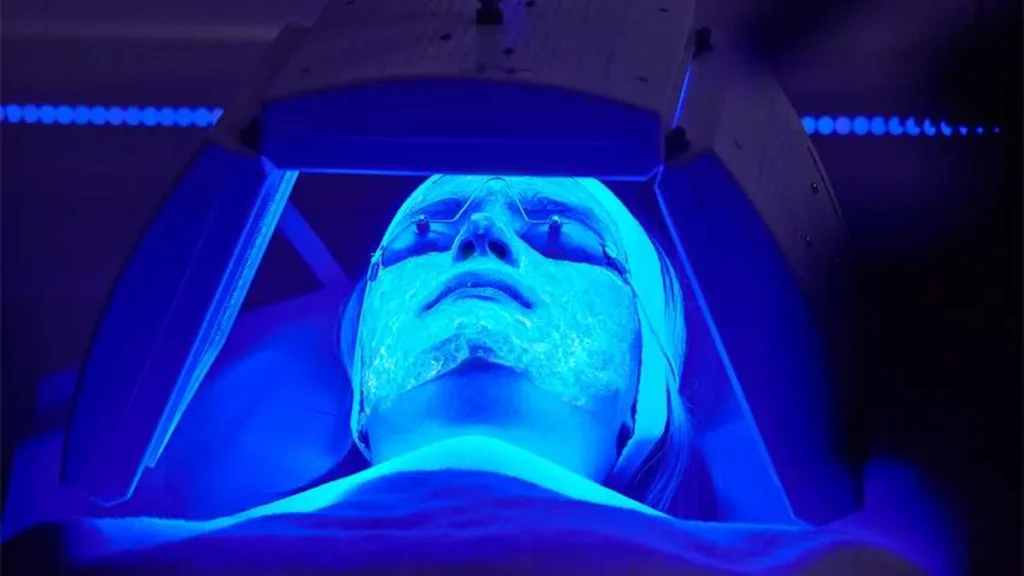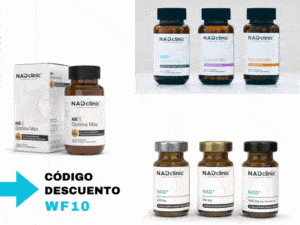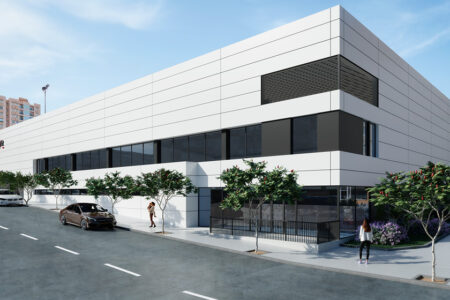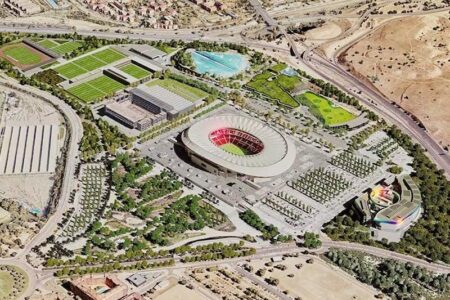Photobiomodulation (PBM), also known as low light therapy, is gaining visibility in both the medical and aesthetic fields. This non-invasive technique consists of applying light at specific wavelengths - such as red or infrared light- on the skin, with the aim of stimulating cellular processes and promoting tissue regeneration. Although its name may sound like something out of science fiction, photobiomodulation has well-documented physiological underpinnings and therapeutic applications have been under evaluation for decades.
The basic principle of this therapy focuses on the interaction of light with the mitochondria, the energy powerhouses of our cells. By receiving light at certain frequencies, especially between 600 and 1000 nanometres, mitochondria can increase adenosine triphosphate (ATP) production, the main source of cellular energy. It has also been observed an increase in nitric oxide releasewhich promotes vasodilation and improves blood circulation.
This type of stimulation can trigger reparative processes in tissues, such as improved cell regeneration, increased collagen synthesis, reduction of inflammatory mediators and pain relief.
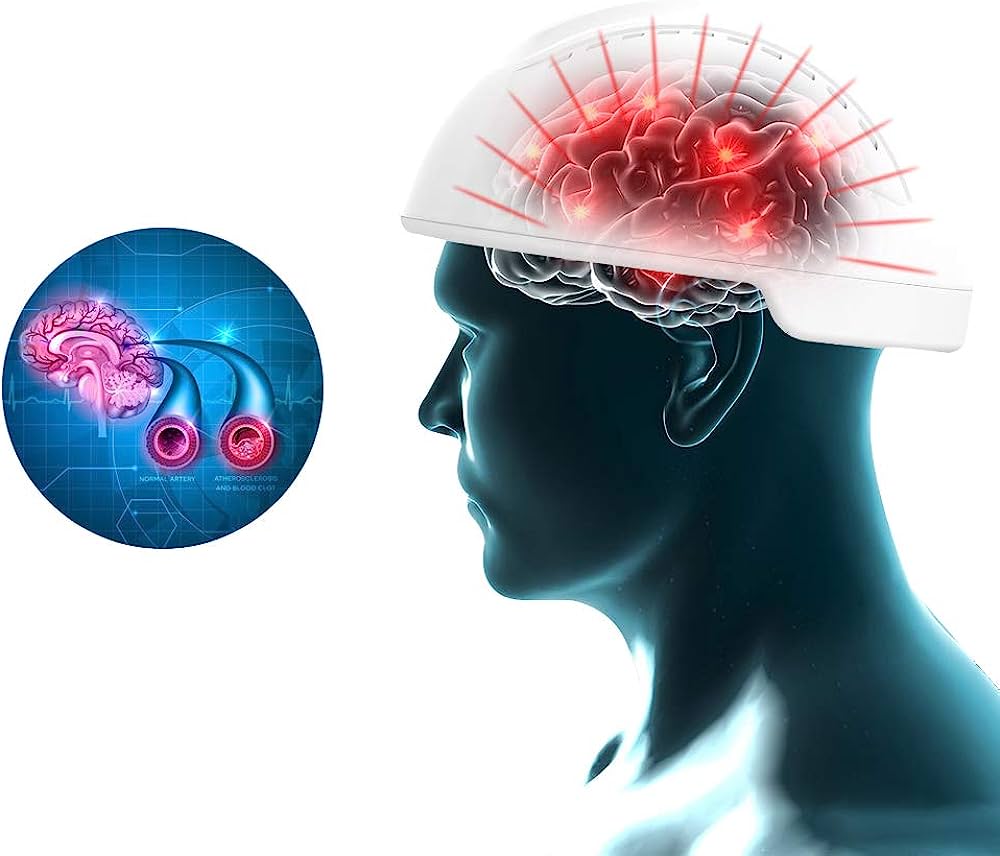
Clinical and aesthetic applications with partial support
Numerous studies, especially in the field of physiotherapy and dermatology, support the use of photobiomodulation for conditions such as:
- Muscle and joint injuries: It has proven useful in relieving chronic or acute pain associated with arthritis, tendonitis or sports injuries, and accelerating post-exercise muscle recovery.
- Wound healing: Some trials have shown that it can accelerate the closure of wounds and ulcers, especially in patients with poor wound healing (such as diabetics).
- Neuropathic pain: Its use is being studied to relieve forms of pain that are difficult to treat with conventional drugs.
- Dermatological treatments: PBM may promote a slight improvement in skin tone and texture, and its complementary role in acne, psoriasis or dermatitis is being explored, although it does not replace established medical treatments.
In the aesthetic field, its application has become widespread as a complement to improve skin elasticity, reduce expression lines and, in certain cases, stimulate hair growth. However, these benefits tend to be modest, gradual and dependent on the protocol used. Studies of higher methodological quality are still needed to consolidate many of these indications.
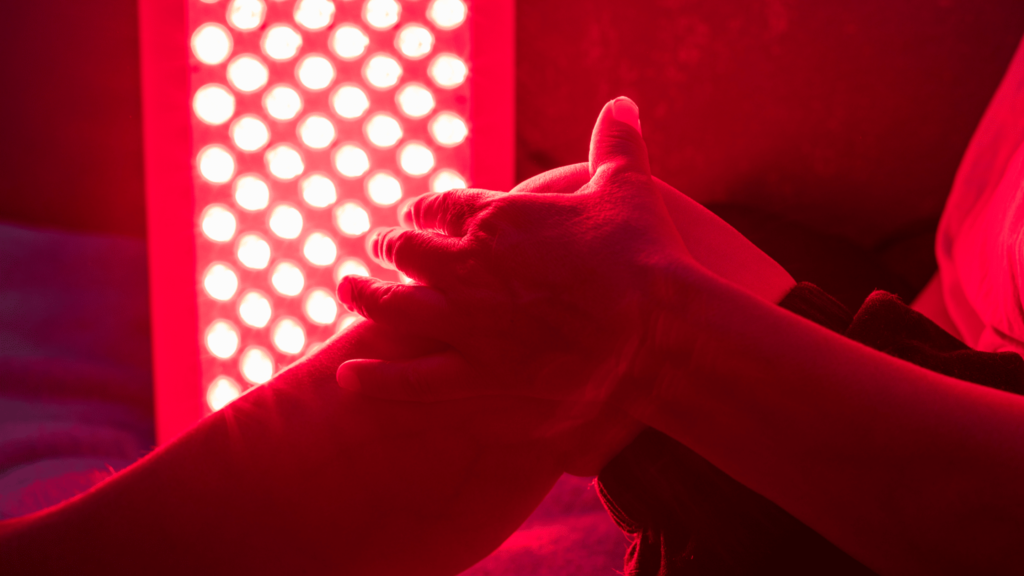
Does it have systemic effects?
Although some proponents of photobiomodulation claim that its effects extend to the entire body - including benefits on the immune system, stress or sleep - these claims do not yet have sufficient clinical evidence in humans. Preliminary studies, mostly in animal and cellular models, suggest promising potential in mental health or neurodegenerative disorders, but have not yet been validated by the scientific community with large-scale, controlled trials.
Security and devices for home use
One of the most valued advantages of photobiomodulation is that it is a non-invasive, painless and generally safe technique, safe when properly applied. Side effects are few and mild (such as redness or warmth in the treated area), although safety depends on the type of device, the wavelength used, the dose and the duration of treatment.
There are portable devices available for home use, but not all of them have scientific backing and do not pass medical quality controls. Caution is advised and consultation with a health professional is recommended before starting any treatment (it is preferable to go to a medical or wellness centre with professional appliances), especially if you suffer from chronic diseases, take photosensitisers or have a history of cancer.
How many sessions are needed?
The response varies depending on the therapeutic objective, the condition to be treated and the individual response. In general, photobiomodulation is a treatment that is cumulativeIt therefore requires several sessions (sometimes 6 to 12 or more) to achieve visible benefits. It is not a therapy with immediate and guaranteed results for all patients.
Photobiomodulation is a therapeutic technique with solid physiological foundations and medical applications that are being actively investigated. There are well-supported uses, especially in pain management and tissue regeneration, while others - such as its aesthetic, neuropsychological or systemic effects - are being actively investigated. still require more robust evidence to be considered conclusive..
Like any tool in the health field, it must be used with clinical criteria, avoiding falling into exaggerated promises. Science is still writing the final chapter on its real potential.
